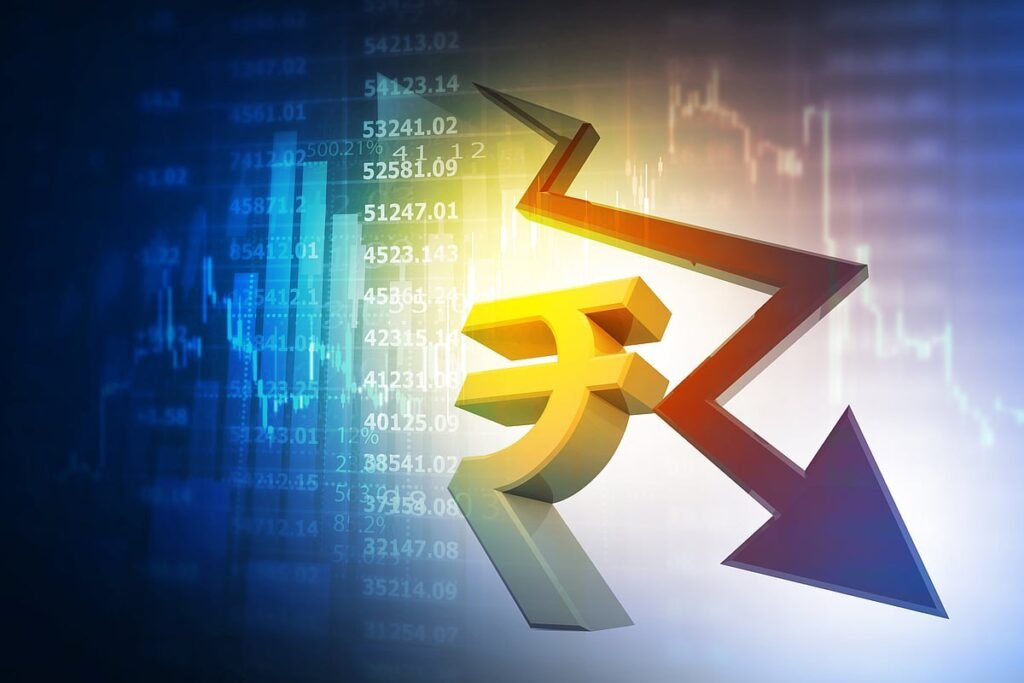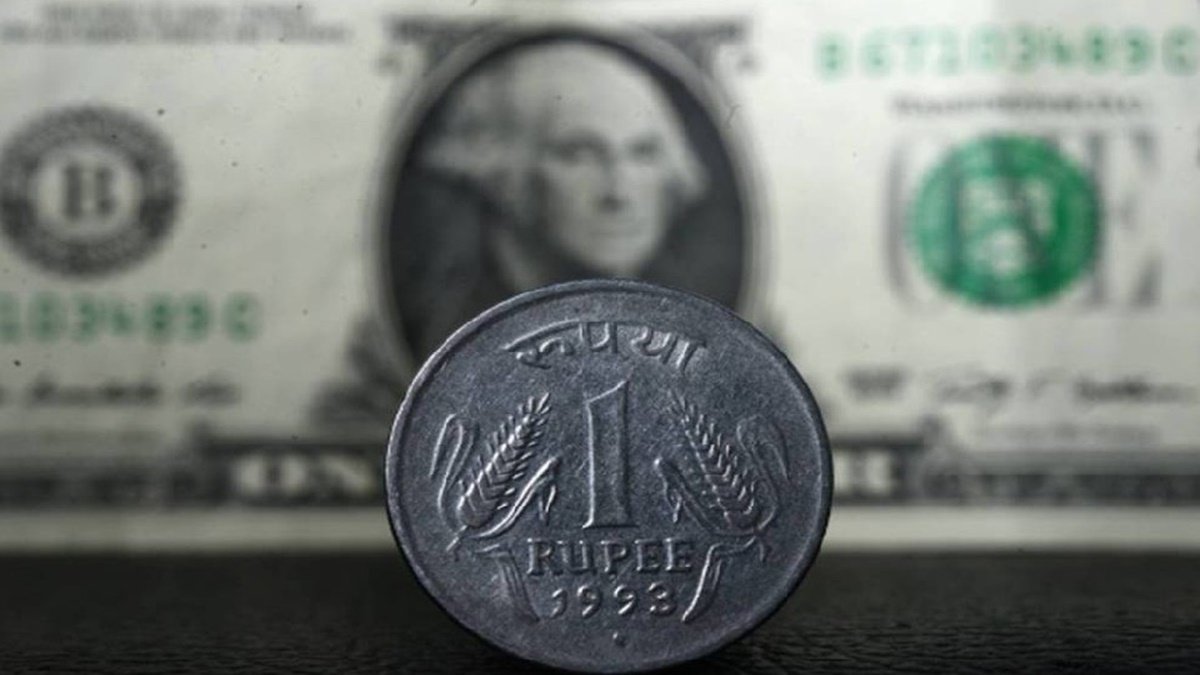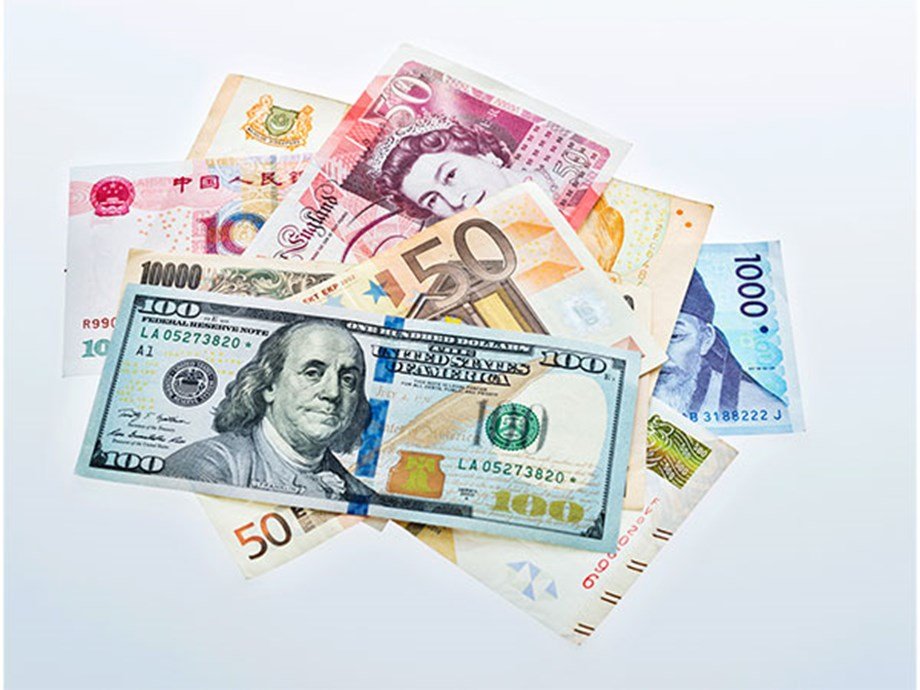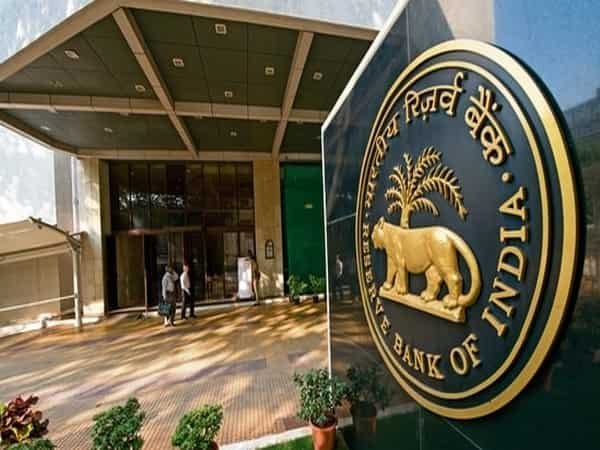The rupee has been steadily losing steam over the past two decades. Mirroring global and domestic economic upheavals, the Indian currency slipped from 43.74 versus the dollar on September 5, 2005, to 88.32 by September 5, 2025, marking a 102% depreciation over 20 years.
The rupee was at its worst after the global financial crisis of 2008, when it breached the 48-mark, and again in 2013, when it surpassed 66 against the dollar following multiple factors such as the Eurozone sovereign debt crisis and the U.S. Federal Reserve’s scaling back of its bond-buying programme. The fall continued in the subsequent years, breaching 70 and 84 levels in 2018 and 2023, respectively. However, the slide has been sharper in the past year—the rupee was at 83.98 on September 5, 2024.
The rupee has been reeling under the combined impact of global shocks and India’s structural vulnerabilities. India’s heavy dependence on imported oil, persistent trade deficits, and reliance on volatile capital flows and tariff shocks have not aided it either. “The rupee depreciation has generally been caused by a fundamental imbalance in the balance of payments. To begin with, most of the depreciation episodes have been associated with a high current account deficit caused mainly by a high trade deficit. Second, the capital account has been under strain with FPI flows making a big difference, especially daily. These two factors have contributed to the rupee’s decline,” says Madan Sabnavis, chief economist at Bank of Baroda.







